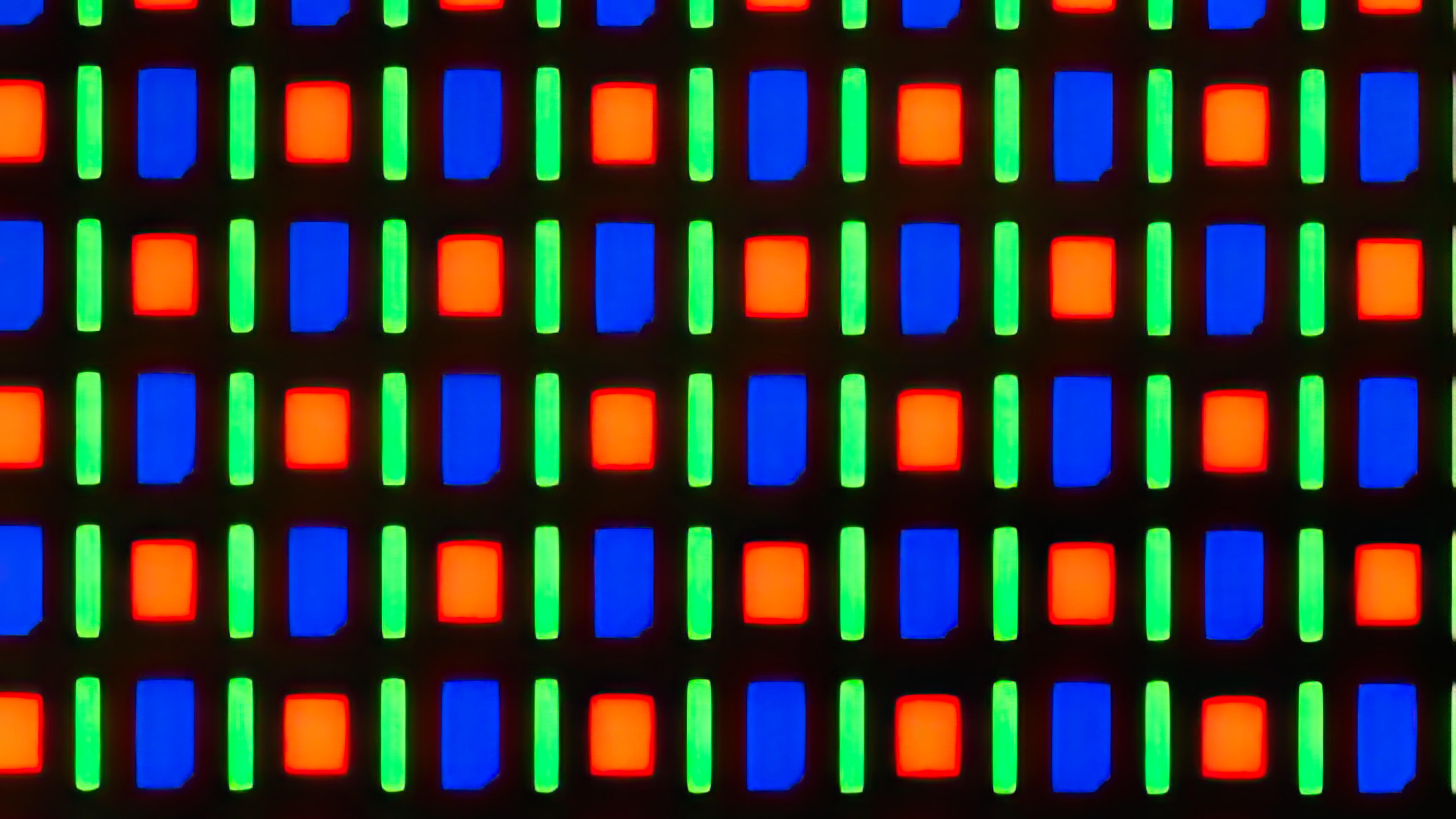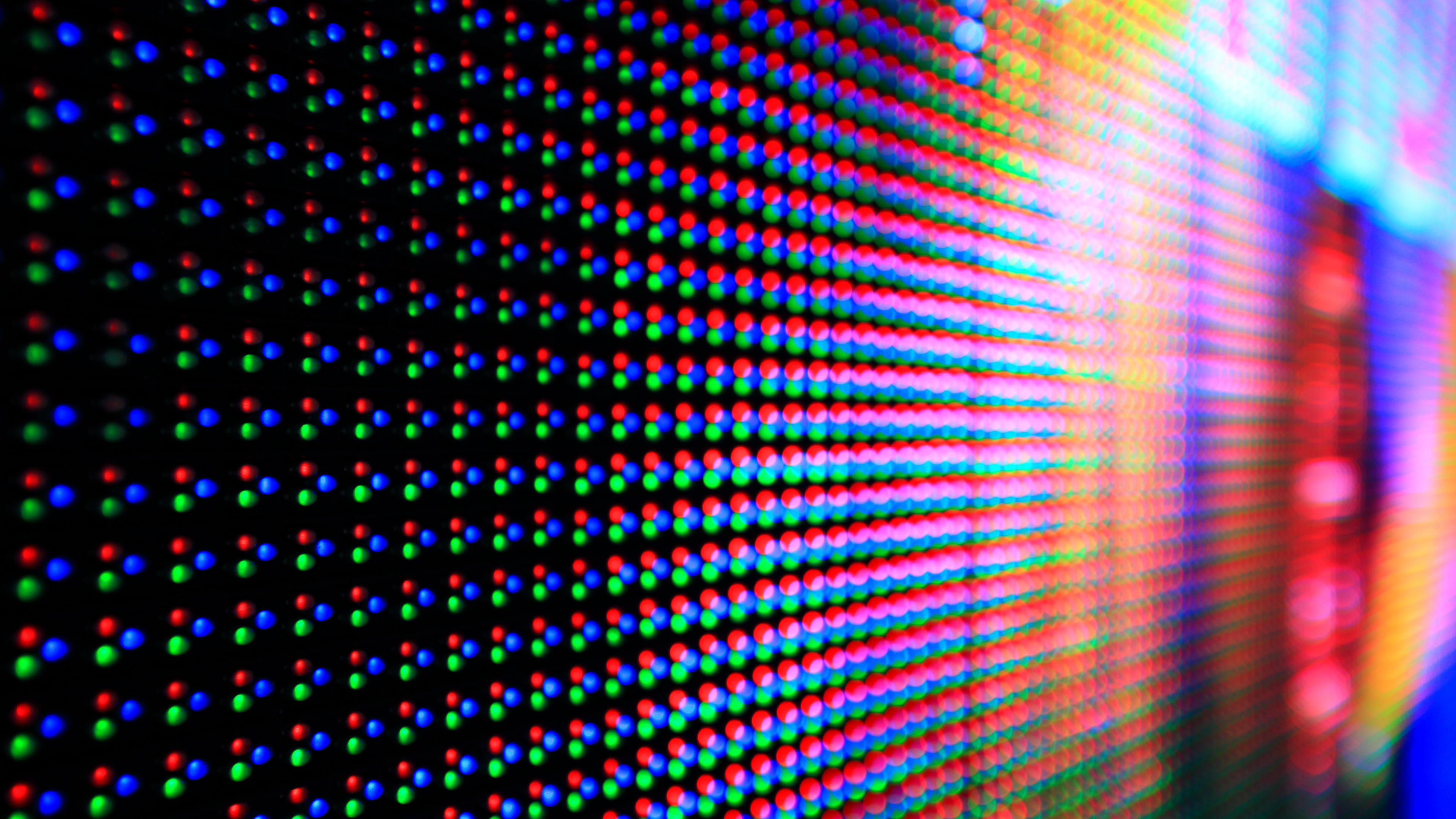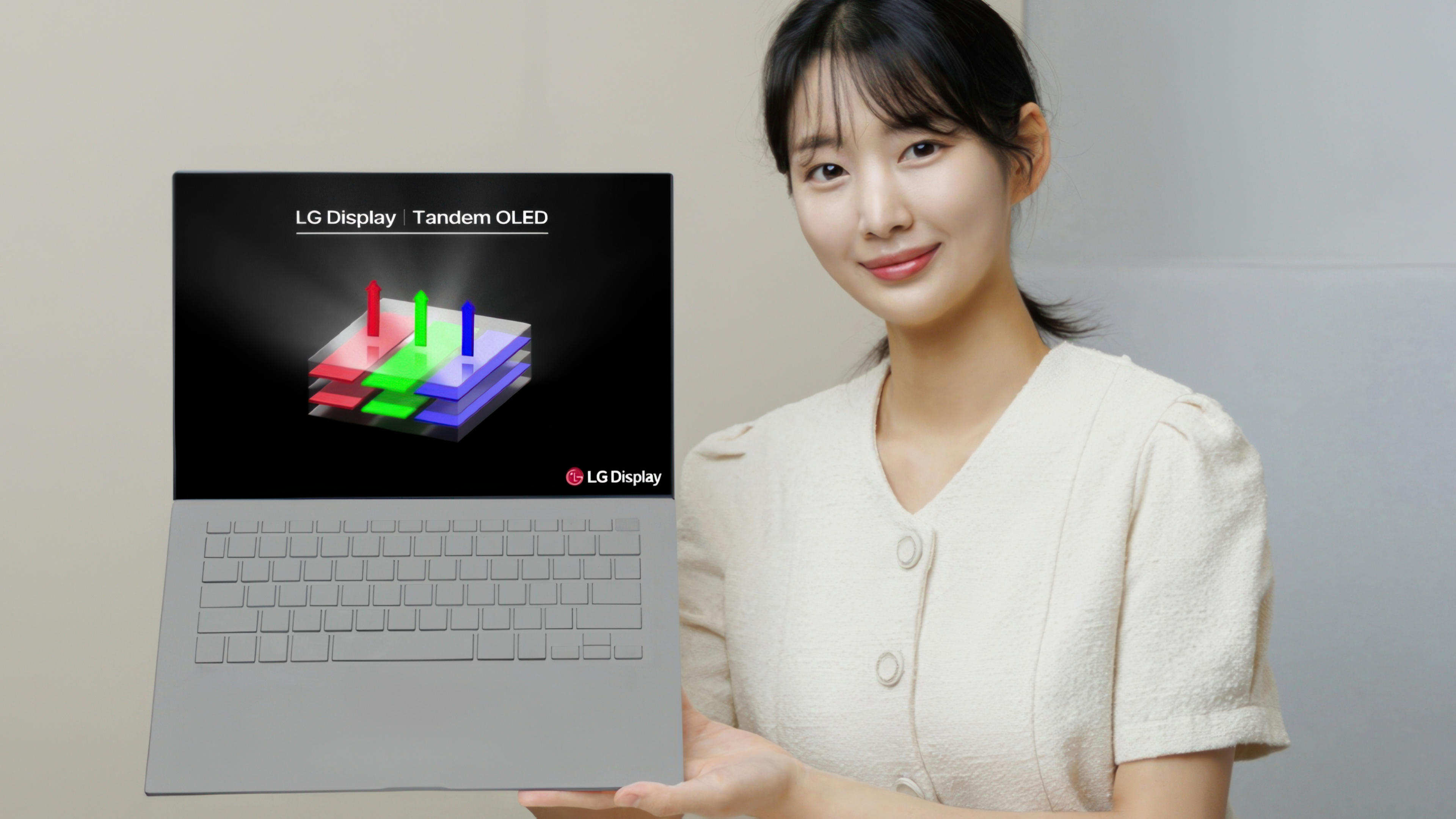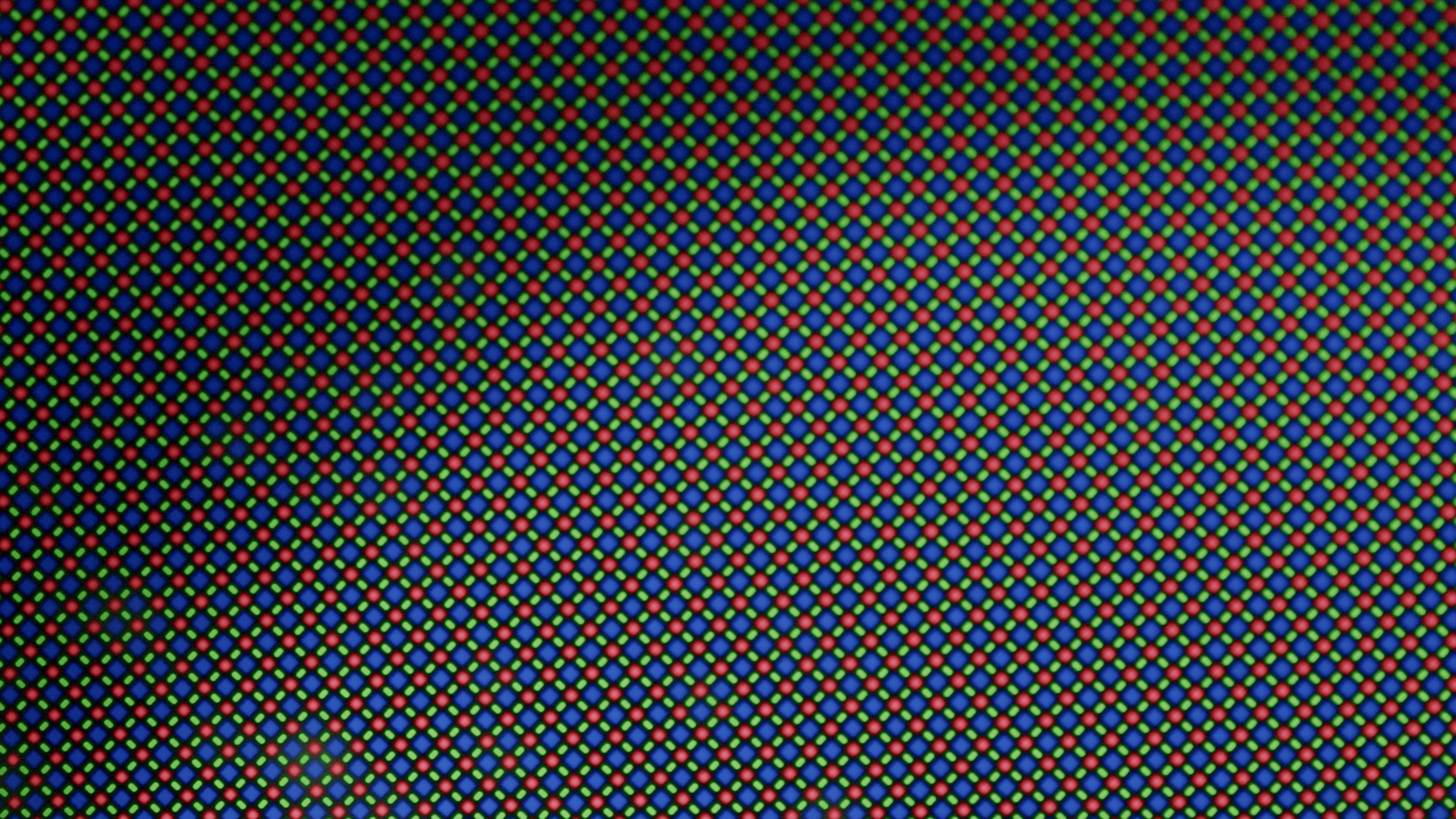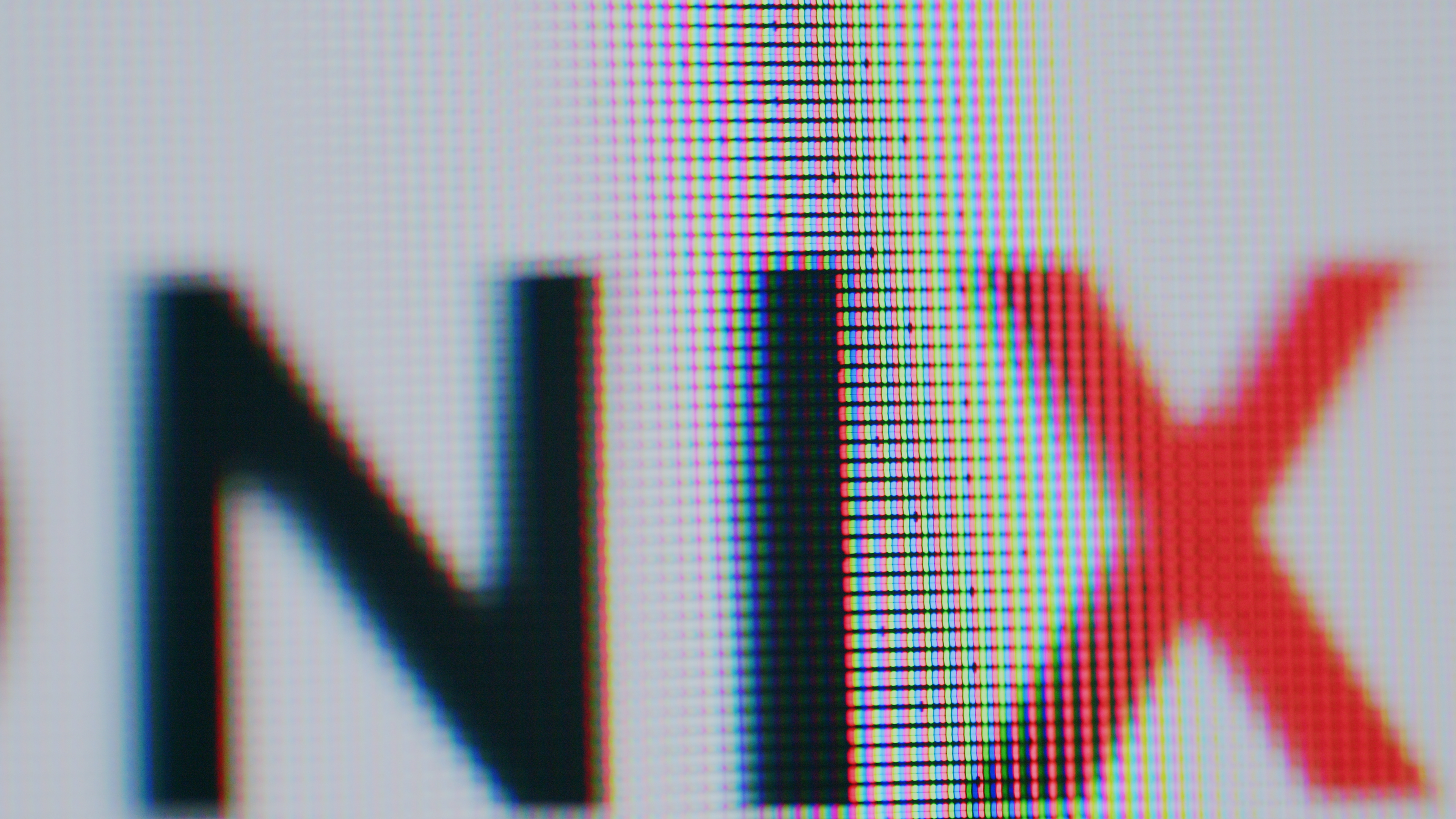Rapid Growth in OLED Sales
OLED displays are rapidly surpassing LCDs in various areas, including touch screen monitors and tablets. After a fivefold increase in OLED sales in 2023, a further doubling is anticipated in 2024. Thanks to new technologies, OLEDs are also becoming more popular in industrial applications.
Market Stabilization
The monitor market has stabilized after the sales boom and subsequent disruptions caused by the COVID-19 pandemic, which led to overstocking. According to Omdia, the market is now calming down, and both B2C and B2B demand is expected to rise this year for the first time in two years. Analysts attribute this growth to the replacement wave of devices bought during the pandemic, as companies, industries, and private customers start upgrading their old equipment.
OLED Sales Are Skyrocketing
OLED panels are also gaining traction in tablets, with hybrid stacks in high demand. Omdia reports a clear shift towards upgrades rather than mere replacements. OLED technology is steadily replacing LCD panels in monitors, becoming the new standard. In 2023, OLED monitor sales soared by over 415% even as the overall market declined. For 2024, researchers expect a 123% increase in OLED sales, reaching 1.84 million units. Samsung Display and LG Display are the key suppliers, with Samsung now leading this sub-segment after launching its first OLED-based monitors just a year ago, capturing over 33% of sales.
Advantages in Mobile Devices
Similar trends are observed in mobile devices. OLED displays in tablet PCs had less than a 5% market share last year, with 3.8 million units. This is projected to nearly triple to 12.1 million units by 2024. Omdia forecasts that more than half of tablets will feature OLED panels in three to four years, with a market share rising to over 85% by 2031.
Customer Demand for Better Displays
Customer demand for better, brighter, and larger displays is driving OLED adoption. While rigid and single-stack OLED technology has dominated so far, the trend is shifting towards hybrid OLED structures. Apple, the market leader, uses hybrid OLED panels for its iPad Pro, which feature a glass substrate and thin-film encapsulation. Jerry Kang, Research Manager at Omdia, highlights that hybrid OLED is thinner, lighter, and offers more space for other components and the battery compared to rigid OLED.
Analysts also predict a rise in technologies like RGB Tandem OLED stacks, which offer theoretically double the brightness and significantly longer lifespan, particularly appealing for professional applications in industry and automotive sectors.
Increasing Demands on Displays
The rapid advancement of OLEDs is fueled by users' desire for better technology. They want improved display size, resolution, refresh rate, and picture quality, areas where OLED excels. For demanding segments like productive applications or gaming, OLED monitors are often the top choice. Nick Jiang, Principal Analyst at Omdia, notes that the professionalization and popularity of esports, now an official discipline at the Asian Games, significantly contribute to this trend.
OLED Becomes Cheaper, LCD More Expensive
OLED displays and monitors benefit from favorable pricing trends, partly due to economies of scale in production as major brands shift towards OLED. This results in price reductions for manufacturers and customers. Conversely, LCD panel prices have been rising, reducing the price difference and making OLED an increasingly attractive option.


